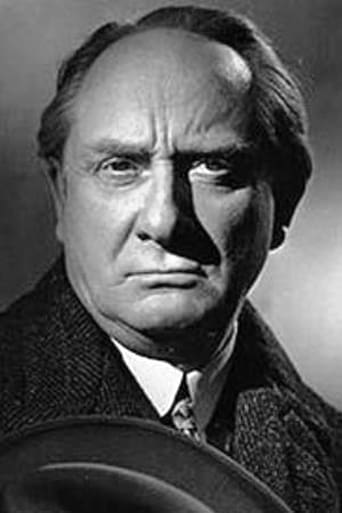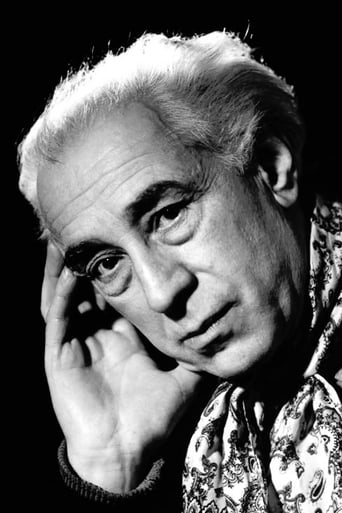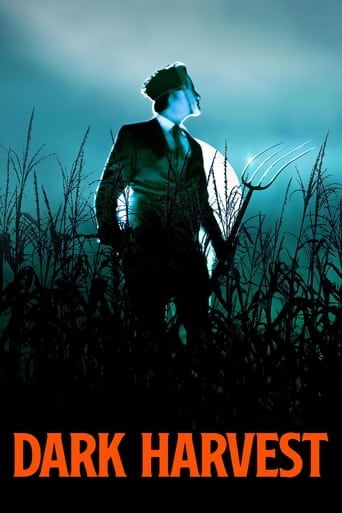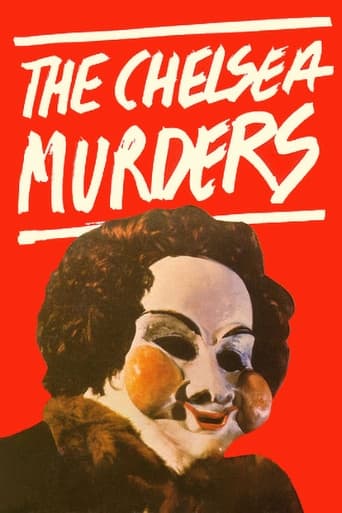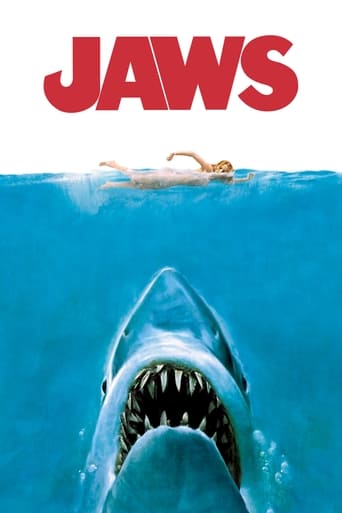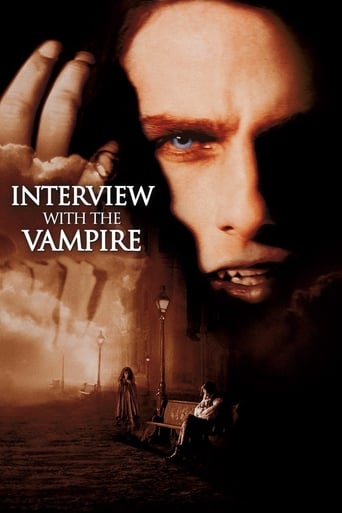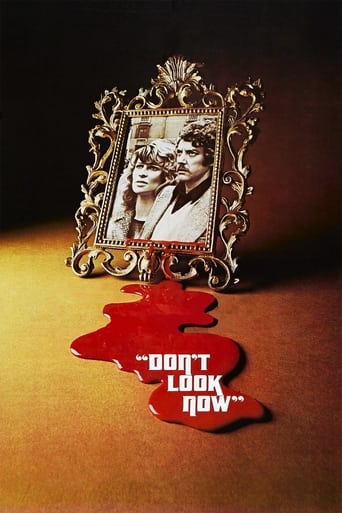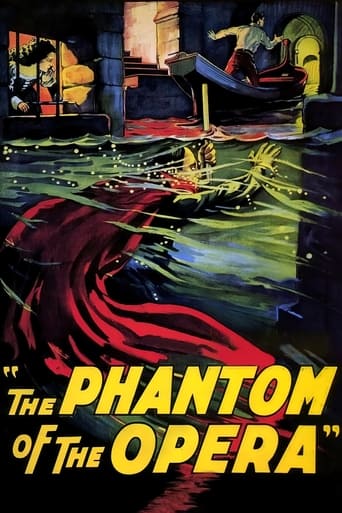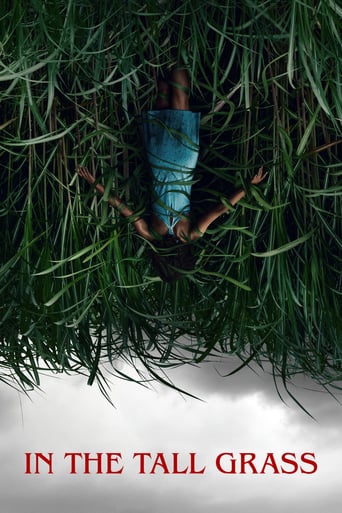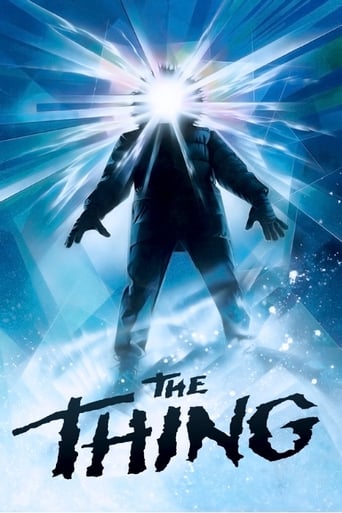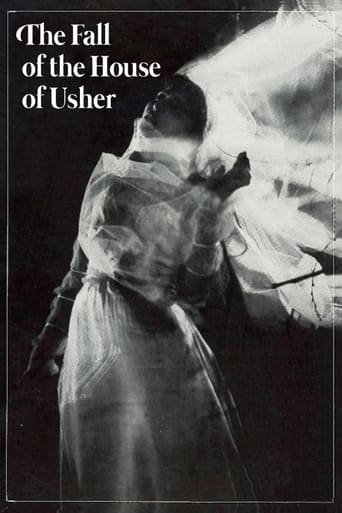

The Fall of the House of Usher (1928)
A stranger called Allan goes to the House of Usher. He is the sole friend of Roderick Usher, who lives in the eerie house with his sick wife Madeleine. When she dies, Roderick does not accept her death, and in the dark night, Madeleine returns.
Watch Trailer
Cast


Similar titles
Reviews
As was inevitable, movies of the silent era depended on their imagery in a way that became less important after the introduction of sound. During the same time period there were a number of hugely significant art movements that would influence the relatively new medium of cinema. Art trends such as cubism, dada, expressionism and surrealism had enormous impact on films of the time. The Fall of the House of Usher is a good example of a film based on 19th century literature but brought to the screen via the artistic sensibilities of the day, namely expressionism and surrealism. Because of this, like its peers such as The Cabinet of Dr. Caligari and Nosferatu, it has attained a timeless quality and it will always remain a fascinating art-horror film.The plot-line such that it is, is about a man named Allan who visits his friend Roderick Usher at his remote mansion. Usher lives with his sick wife Madeline, who suffers from some mysterious unknown disease. He is obsessed in painting a portrait of her. She dies and Usher, unable to accept it, descends into madness.The tone is definitely downbeat and this is reflected by the gloomy haunting imagery used throughout. The strikingly inventive visuals escalate as the film progresses as a way of reflecting Roderick Usher's journey into insanity. Billowing curtains, close-ups of a giant pendulum, a haunting painting of Usher's wife, a moon-lit trip to the mausoleum and swirling mist are just some of the details captured. The film is overloaded in creepy Gothic atmosphere. Production design is excellent, with the grounds of the mansion populated with dead trees and swirling mist, while the interior has enormously high ceilinged rooms decorated with mirrors, curtains and Gothic furniture. In keeping with the film's artistic bent, everything is photographed quite excellently with many close-ups and unusual angles. The overall feeling of the film is that of a fever-dream which is very much in keeping with the central character's damaged state of mind.In the best silent films, the storyline is very much secondary to the ambiance. The Fall of the House of Usher is no different and is one of the greatest silent horror films. It's an often quite stunning mood piece and comes highly recommended.
From the eerie opening where a stranger comes in from the mist and mud to ask for safe passage to the house of Usher, to the fiery ending where said house comes crashing down, this film is a strange piece of surrealism - using animals, pictures, and extreme close-ups to drive the story along.'The Fall of the House of Usher' has just three characters taking the main roles in the film - the stranger, who has been asked to visit his friend and the friend's dying wife - the friend, Sir Roderick Usher, a wild-eyed loner struck with the passion to paint, and his wife, Madeleine, who has a slow death with every brush stroke inflicted by her husband, while the painting of her lives and breathes.When Madeleine finally dies she's buried in her veil and dress in a coffin, but after a lot of tension (shown by bells and clocks counting time) we find she's not really dead but just walking wounded in spirit. By the time we reach the blazing close of this short film (only an hour) it has done Poe's story proud - a silent classic of Surrealism.
One of the visionary masterpieces of the silent For the fact that the visionary gist is perfectly conveyed by the silent films testimonies also the fact that we can not envisage them as bettered or modified for the better by the mechanical addition of the sound. The silent, in what is most interesting for me, was an art of the visionary and the ghostly hence, the note of eeriness, enhanced by the nonrealist nature of the representations. BERLING, ARNE, USHER, NOSFERATU were mere music, poetrywhile CALIGARI is an anecdote, an overstretched and uneconomical sketch that sorely needs dialogs, lacks precision and brioand seems VERY talkative. The silent was fit like any other medium for eerie, disturbing, chilling subjects. Its means served these flawlessly and wholly, completely. How fine, how kind, how good is for the mind this art. How compact is the poetry, the poetic nature of these movies! (I know, though perhaps not better than you do, that the silent meant also comedy, slapstick, farce, western, silly melodramas, etc.but the are wholly irrelevant aesthetically, and collateral. The silent built primarily an art of the eerie, chilling, unusual and visionaryof high, hallucinatory romanticism . The later visionary and eerie achievements of Hitchcock and Clouzot, in the '50s, will mean an entirely different approach and aim.) This USHER, movie of a rich and resplendent melodiousness, towering art of the time and of gradual modulations, is one of the best,say,30 movies ever created. This beauty, eerie and weird, is tangibleit does not consist of ,say, effectsin the sense of aiming at fooling the audiences with a senseless bravado; it is an art clean, sincere, good-natured and intense. As a form of art, the silent is kindred with the sound movies, yet essentially distinct and autonomous. Aesthetically, it was much honestlacking the tempting chance of offering surrogates of realism by way of talkative footage. It could not be gross the way a talking filmsay, a Scorsese filmis gross and inert, lifeless.In a sense, the sound only polluted and impoverished the film, deprived it of its core of magic and of 3D eerinessagain, see BERLING, USHER, NOSFERATU and ARNE.(As a historical note, that adds substantially nothing to what I have already written, let us remind Epstein's bitter and acid remark that the talking cinema has become the talkative cinema. Epstein continued to shoot movies throughout the sound era, the '30s and '40sbut I do not know any of them ,so cannot comment upon. The man also wrote several firstclass cinema books, one of them is available for free on the net. He was one of the great grammarians of the cinemaand one of its inspired visionaries, in his unbridled creation, as well .)
Wow! Words cannot describe how absolutely magical this film is, but I will try. Its not often that a film will truly captivate me from moment one as this one has, especially in the world of silent film. Its been a long time since I've been glued to the screen in complete rapture. Granted, I like the silent medium and of course I respect it, but usually I watch them as a piece of film history; I see them for what they are and judge them only amongst their peers: other silent films. But this silent film is like no other! There were many times when I felt as though if Guy Maddin were to make a actual serious film this would be it. Anyone who has seen 'Cowards Bend The Knee' or 'Saddest Music In The World' will know what I'm referring to. Throughout the film I kept thinking that it looked "new" and was made to look old. Some of the special effects such as the swirling fog were just mesmerizing so much so that I found myself wondering why in our modern day we haven't done something so simple yet effective (at least as compared to the films I've experienced).Even the score that they created for it was incredible. There were some scenes in the beginning of the film, especially ones where Allan was approaching the house, that I didn't think quite fit, but for the rest of the 95% of the film it went along with the action of the film perfectly.While everything in the film is as close to perfect as film gets, I must point out the acting was so well done as to almost bring me to tears. I cant quite explain how that is possible, but it is. Each tiny emotion shows through so remarkably well. I really would love to commend the actor who played Roderick Usher for his wonderful display. I even feel right in comparing his acting to the likes of the female lead in 'The Passion Of Joan Of Arc' -- and thats hard to beat!Oh, and the cinematography! Its absolutely impeccable! And I'm not just saying that due to the fact that "its the best they could do back then". It really could rival any modern day film in that regard. It makes me miss shots of a large looming building from down below instead of the aerial helicopter shots most films use now; so macabre and eerily inviting. This film was definitely ahead of its time thats for sure. I'm not sure how much a screenplay translates to a silent film, but whatever/however Bunuel contributed, it definitely worked. Even though there weren't any overtly surrealistic things going on, you could definitely smell the Bunuel in it. The film is like a dream that you don't want to wake up from even though at its heart it is a nightmare.


